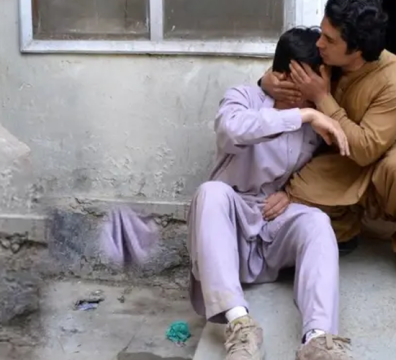Pakistan finds itself in the throes of a concerning environmental crisis as pollution levels continue to escalate across the nation, mirroring a trend seen in many South Asian countries. Recent data reveals that Pakistan’s air quality remains among the poorest globally, posing serious health risks to its population.
According to a report by IQAir, a renowned Swiss company specializing in air quality technology, Pakistan retained its unenviable position with the second-worst air quality in 2023. The average concentration of PM2.5, tiny airborne particles known to cause lung damage, stood alarmingly high at 73.7 micrograms per cubic meter (μg/m³).
PM2.5 levels, a critical indicator of air pollution, far exceed the World Health Organization’s (WHO) recommended guideline of 5μg/m³, underscoring the severity of the situation in Pakistan.
The report sheds light on the grim reality faced by major cities in Pakistan. Islamabad, the nation’s capital, experienced its highest-ever recorded levels of PM2.5, soaring to 42.4μg/m³. Meanwhile, Lahore, previously identified as the world’s most polluted city in March 2023, continues to grapple with worsening air quality, with PM2.5 levels surpassing a staggering 99.5µg/m³. In November of the same year, Lahore’s monthly average PM2.5 level peaked at a harrowing 251µg/m³, prompting judicial intervention urging the government to declare a “smog emergency” in the provincial capital.
The report’s findings paint a bleak picture, indicating that every city surveyed in Pakistan recorded PM2.5 concentrations exceeding 30µg/m³, a troubling six times higher than the WHO’s recommended annual guideline.
The escalating pollution crisis in Pakistan underscores the urgent need for decisive action to mitigate the adverse effects on public health and the environment. As authorities grapple with the multifaceted challenges posed by air pollution, concerted efforts and comprehensive strategies are imperative to safeguard the well-being of Pakistan’s populace and mitigate the devastating impact on future generations.





















